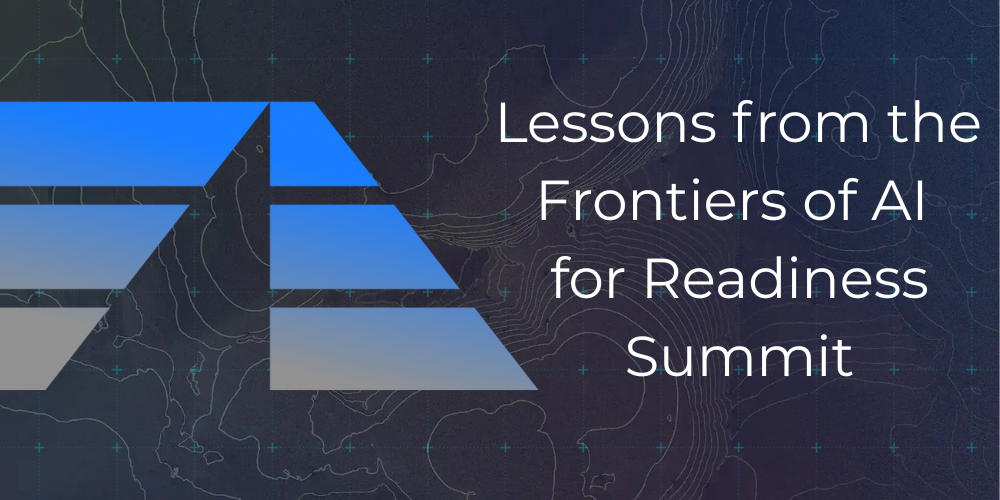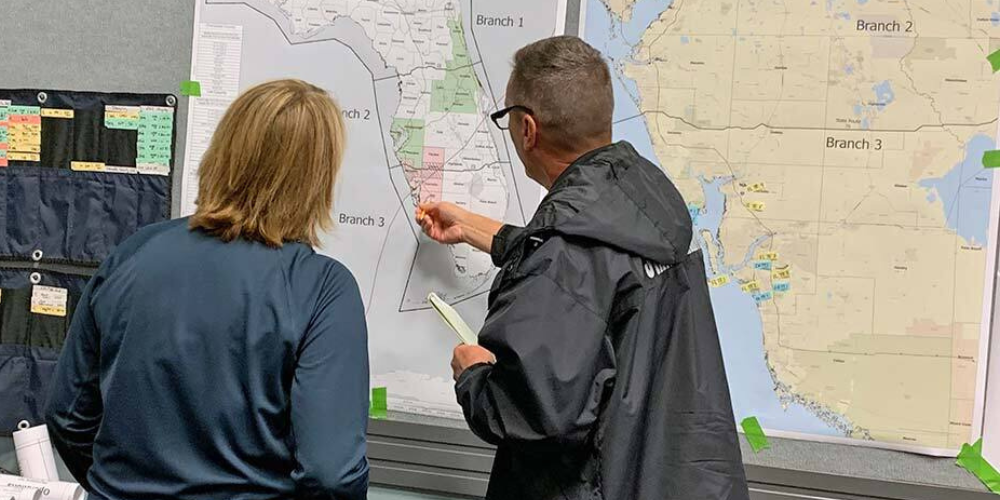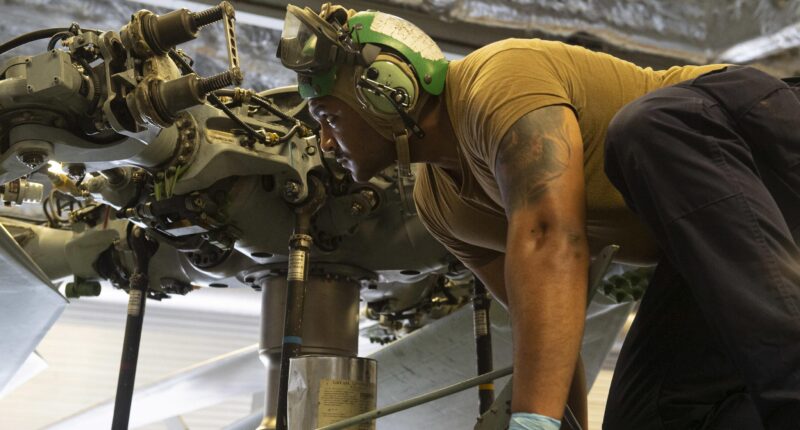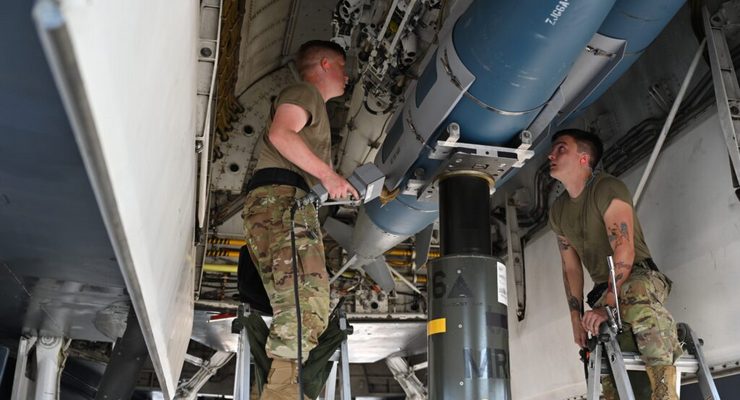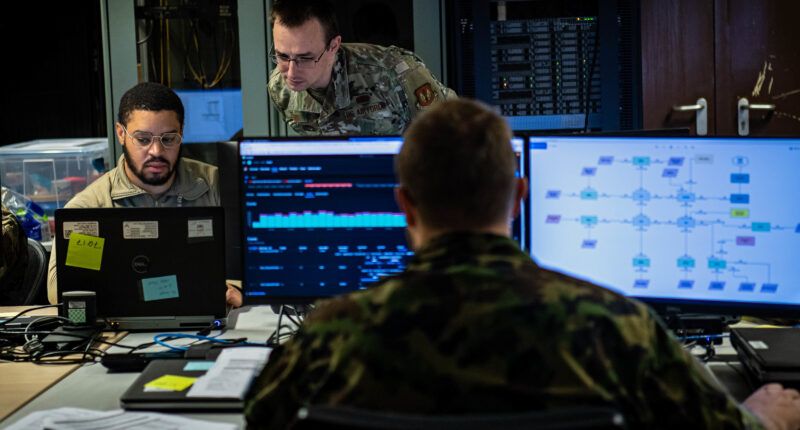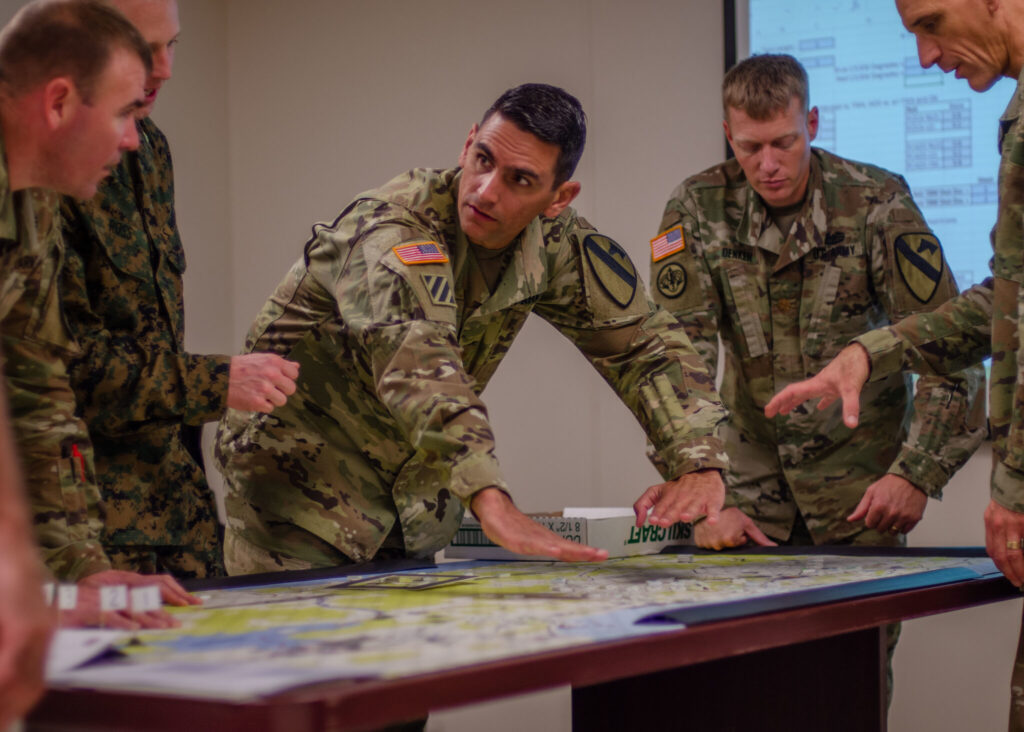Mission readiness remains one of the defining challenges for the U.S. military and national security community. Today, some commands across the services see aircraft and equipment availability hovering at only 62%—far short of the 80% targets needed to deter adversaries and execute missions. Additionally, supply chains remain fragile, data is siloed, and adversaries like China are sprinting ahead, mobilizing their industrial base with speed and scale.
With this backdrop in mind, the Frontiers of AI for Readiness (FAR) Summit 2025 convened leaders from defense, academia, and industry to tackle a central question: How can AI accelerate readiness at the speed required by modern threats?
The dialogue underscored that AI is not a futuristic ambition but an operational necessity. It’s already demonstrating impact: helping law enforcement agencies identify the right personnel in minutes instead of days, supporting Air Force commanders in pandemic planning and aircraft sustainment, and turning messy maintenance logs into actionable insights. But the benefits of AI will remain out of reach if leaders cling to legacy systems, assume a risk-averse culture, and stay behind procurement red tape.
Here are five themes from the summit that emerged as critical guideposts for the way ahead.
1. Embrace Innovation and Scaling AI—with Guardrails
The temptation to over-regulate AI before it has a chance to prove itself is strong—but deadly. “If you don’t let AI scale, you won’t actually get the benefits. You’re just spending a lot of money for nothing,” said Yisong Yue, Professor of Computing and Mathematical Sciences at Caltech.
Scaling AI means enabling systems to process and act on vast amounts of data—whether for predictive maintenance, personnel matching, or supply chain optimization—at speeds that will enable faster decision making and action.
But this doesn’t mean putting blind trust in AI. Guardrails—like explainability, bounded risk models, and continuous auditing—are essential to earn confidence from commanders and policymakers, leading to broader support for AI adoption in the public and defense sectors.
Lt Gen Michael Lutton, Deputy Commander of Air Force Global Strike Command, reinforced this: “AI will serve as an extension—never replacing the human—of human cognition. By filtering data, highlighting threats, and presenting insights in intuitive ways. The goal is not to replace human judgement, but amplify it.”
2. Strong Leadership Is the Cornerstone of Adoption
The FAR Summit reinforced that technology alone cannot close the readiness gap. Bold leadership is required to overcome risk aversion and bureaucratic inertia. For example, the Air Force Global Strike Command successfully applied AI to foreign object detection on runways, and weapons storage management—demonstrating that commanders who challenge the status quo and champion experimentation and innovation can achieve mission impact.
Effective leaders also harness AI to surface superior insights and support decisions—not replace their judgment—and encourage their teams to test, fail fast, and apply new tools to strategic areas. Without that willingness to act decisively, AI adoption will stall and readiness will continue to erode.
“AI must be a trusted team member as we go into the future,” said Lt Gen Lutton. “The joint force operates at the speed of trust. The more we train with AI, the more we will trust AI as a trusted joint team member. AI stands at the frontier of military readiness, offering immense opportunities to enhance the capabilities of Air Force Global Strike Command, the Air Force, and the Joint Force.”
3. Move at the Speed of Relevance
A recurring theme throughout the summit was the urgent need to move faster. In the U.S., acquisition processes are too slow; defense technology startups often face the “valley of death,” where promising prototypes die waiting for procurement approvals. Meanwhile, adversaries like China don’t drown in red tape. Its government identifies priority technologies, funds them without limit, and drives them straight into defense applications.
Retired Vice Adm. Collin Green described AI as a Revolution in Military Affairs: “How we adopt it will determine if we adapt, evolve, or go away.” He also urged investment in experimentation—“spend a little, test a little, learn a lot”—to shorten development cycles and deliver solutions at the speed of relevance.
Procurement reform, reduced redundancy in contracting, and a willingness to bet on emerging companies were all flagged as critical steps. The message was clear: If the U.S. can’t move faster, our adversaries will dictate the future battlespace.
4. Welcome the Asymmetric Upstarts
The defense establishment has a habit of going back to the same contractors again and again. But the next leap in readiness won’t come from business as usual. It will come from non-traditional players—startups, dual-use innovators, and venture-backed upstarts willing to disrupt entrenched inefficiencies.
Upstarts are already reshaping warfare. From AI-enabled logistics optimization to predictive maintenance platforms, they can deliver asymmetric advantages at relatively low cost. Ignoring them isn’t just a missed opportunity; it’s a strategic liability. The DoD must place real bets on these upstarts, not just token contracts. Otherwise, we risk missing out on the latest innovations and research that will help us better achieve and sustain mission readiness.
“Many tech companies with great, scalable technologies go into the Valley of Death or fall off the DoD Cliff of Death and most will never survive,” explained retired Brig. General Gerald Goodfellow and founder of Small Business Consulting Corporation (SBCC). “So, the military got very interested in saying: how do we help these companies? Even more importantly, how do we program for the long-term so they don’t go out of business? The DoD needs to be much better at solving this problem.”
5. Build Partnerships and Collaboration
Readiness is too big a challenge for any one player. Government, industry, and academia must move from siloed efforts to integrated, trust-based partnerships. Collaboration is the force multiplier. Andrew Woolley, Deputy Director, Surface Analytics Group of the U.S. Pacific Fleet, pointed to Project Hermes—a collaboration that turned unusable data into predictive insights—as proof of what’s possible when barriers fall.
“When you think about what Project Hermes is, it’s a process to try to get usable data from an entire sea of really unusable data and it’s great at that,” he said, “And yet we’re still, to this day, sending these 1950s version of an email about broken stuff on ships—and that is our primary data source about broken stuff on ships. That’s hindering our ability to do good predictive modeling to truly understand our readiness and sustainment hurdles.”
Industry partners echoed that success won’t come from simply selling a tool. It comes from co-developing solutions, embedding domain expertise, and staying focused on mission outcomes. Venture capital leaders stressed that investors are ready to fuel defense tech, but the government must ensure those companies survive long enough to make an impact.
“We’re witnessing the perfect storm in defense tech right now. AI innovation cycles that once took years now happen in months. Century-old procurement barriers are crumbling, letting startups compete with legacy contractors. And when a $200 drone can take out a $2 million vehicle, you know warfare economics have fundamentally shifted,” said Keith Block, Founder & CEO of Smith Point Capital. “Government is the last major sector to digitally transform—that’s not a risk, that’s a trillion-dollar opportunity over the next five years. But let’s be clear: we’re not just chasing returns here. We have a patriotic imperative to back the companies that will preserve democracy and save lives.”
Getting from Dialogue to Deployment
The FAR Summit laid it out plainly: the readiness crisis won’t be solved with more studies or pilot programs. Asset availability, supply chain resilience, and decision superiority are all on the line—and AI is the strongest lever we have to pull to ensure U.S. forces are prepared.
But AI won’t deliver by itself. It requires leaders who are willing to act, acquisition systems that move at speed, and partnerships that bridge silos. Above all, it requires urgency. The formula is simple: collaborate ruthlessly, test quickly, and measure everything by your mission readiness.

